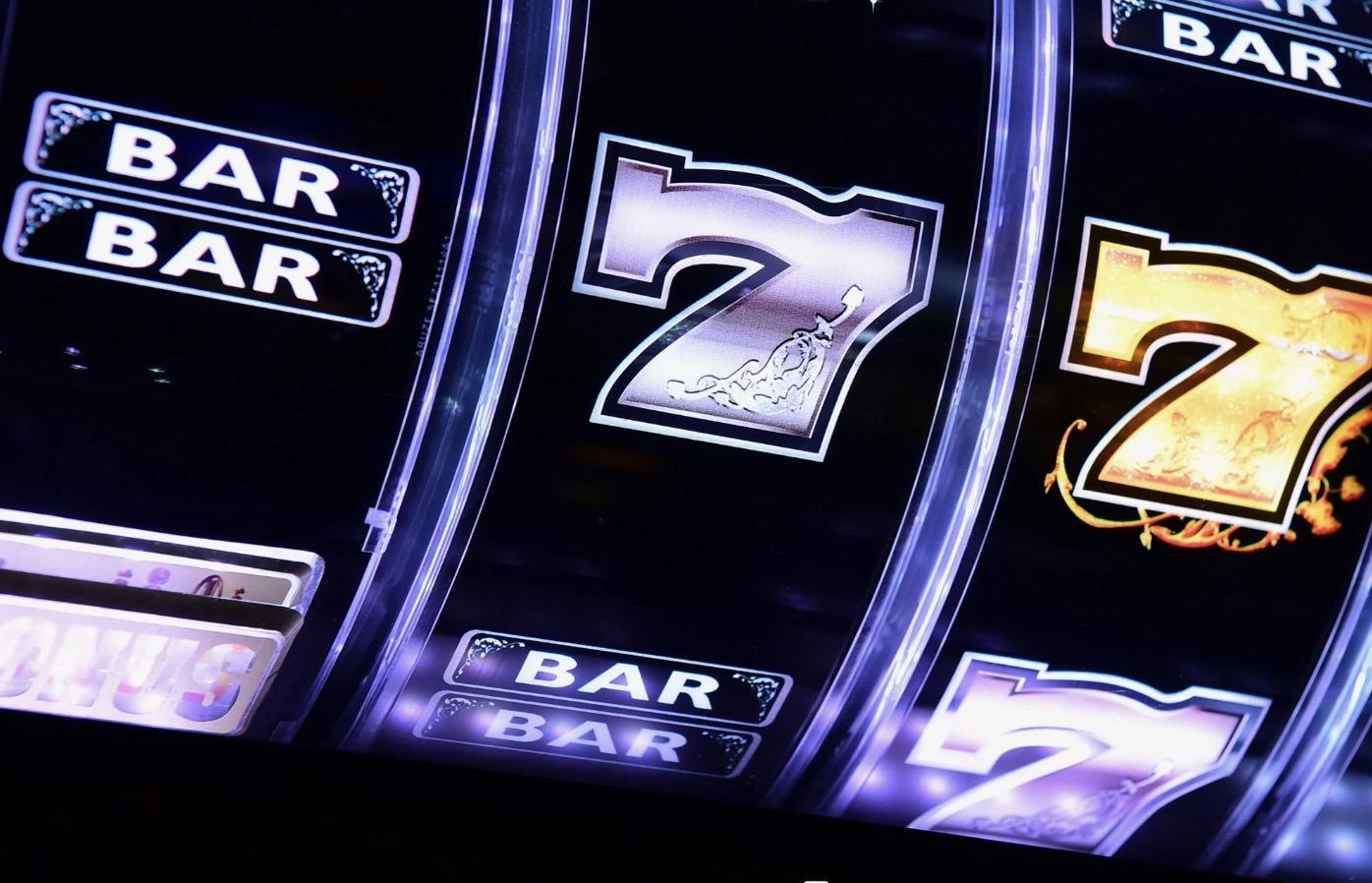The Martingale strategy is one of the oldest and most well-known betting systems used in roulette. Its core principle is simple: double your bet after each loss. Once you win, you recover all previous losses and make a small profit. This strategy appeals to many players because it feels logical and easy to follow in top online casinos — no complex math, no fancy charts. But behind its simplicity lies a strategy that can either reward or punish depending on luck, timing, and discipline.
In this guide, you’ll learn how the Martingale system works in roulette, its origins, advantages, and key risks. Let’s explore whether this system is right for your playing style.
The Origins and Logic Behind the Martingale System
The Martingale system dates back to 18th-century France. Originally used in simple coin-flipping games, the idea was straightforward: double your bet every time you lose. When you finally win, you recoup all your losses plus the amount of your first wager.
Roulette is a natural fit for Martingale because of its near-50/50 betting options — red/black, odd/even, or 1–18/19–36. While they’re not truly 50/50 due to the presence of the green zero (or double zero in American roulette), they come close.
Roulette’s predictability in even-money bets makes Martingale attractive, but that small house edge — especially from the green zero — is what keeps casinos profitable in the long run.
How to Use the Martingale Strategy
Using the Martingale strategy is easy to learn but hard to master. Here’s how it works in practice:
- Start with a base bet, say $1.
- If you win, keep your profit and return to your base bet.
- If you lose, double your next bet — $2, $4, $8, and so on.
- Once you win, reset to your original bet and repeat.
The goal is to win back all previous losses and make a profit equal to your initial stake with each cycle.
Example:
- Spin 1: Bet $1 and lose → total loss: $1
- Spin 2: Bet $2 and lose → total loss: $3
- Spin 3: Bet $4 and win → win $4, recover $3, gain $1 profit
It seems foolproof — but there’s a catch.
Why Martingale Can Be Dangerous
The Martingale system assumes you’ll eventually win. But what if you don’t?
Here’s the math:
A 10-loss streak starting at $1 leads to a final bet of $512, with total losses at $1,023. If your bankroll — or the casino’s max bet limit — can’t keep up, you’re out.
Even though the probability of losing 10 times in a row in European roulette is about 1 in 784, it does happen. When it does, the system fails — hard.
Online casinos often have betting limits to stop exactly this. That’s why the Martingale is a race against time: win early, and you’re golden. Lose too long, and the system collapses.
Advantages of the Martingale Strategy
- Simple and intuitive: Even beginners can use it without needing charts or analysis.
- Short-term gains possible: Ideal for quick sessions with a tight win goal.
- Win back losses quickly: One win resets the cycle and nets a profit.
- Great for learning: Helps new players understand betting structures and bankroll limits.
If you play with discipline and have a preset goal — say, stop after three wins — the system can feel very rewarding.
Disadvantages You Shouldn’t Ignore
- Requires a large bankroll: Every loss doubles your exposure.
- Casino limits apply: You may hit the table’s max bet before you win.
- Doesn’t beat the house edge: The green zero always gives the casino an advantage.
- Psychologically draining: Chasing losses can be stressful and impulsive.
- Bad streaks ruin the system: Losing 6–10 bets in a row is rare but real.
Tip: Never chase losses emotionally. Martingale demands ice-cold discipline.
Comparing Martingale to Anti-Martingale (Reverse Martingale)
Anti-Martingale System (Paroli):
- Double your bet after a win
- Reset to base bet after a loss
- Goal: Ride winning streaks, limit losses
This reverse strategy can yield bigger profits when you’re on a hot streak but helps limit losses when you’re not.
While Martingale is for players who think losses will end soon, Anti-Martingale suits those who believe in streaks.
Strategy in Action: Is Martingale Worth It?
Let’s simulate a $1 base bet over 10 rounds:
| Spin | Outcome | Bet | Total Wagered | Net Result |
|---|---|---|---|---|
| 1 | Lose | $1 | $1 | -$1 |
| 2 | Lose | $2 | $3 | -$3 |
| 3 | Lose | $4 | $7 | -$7 |
| 4 | Win | $8 | $15 | +$1 |
Assuming a win on the fourth spin. Had the player continued to lose, the stakes (and risk) would grow fast.
Tip: Always know your max bet limit and set a stop-loss.
Final Thoughts: Should You Use Martingale?
The Martingale roulette strategy can work — in the short term. If you’re playing just for fun with a strict stop point, it can be a thrilling ride. But it’s not a long-term profit machine. The risk of hitting a betting cap or running out of funds is very real.
If you plan to use Martingale:
- Stick to European roulette for lower house edge.
- Start with small bets.
- Choose casinos with high or no max bet limits.
- Set strict win/loss goals.
Martingale can offer a taste of quick wins, but it’s a high-stakes game of nerves and bankroll control. Play smart, and never bet more than you can afford to lose.

